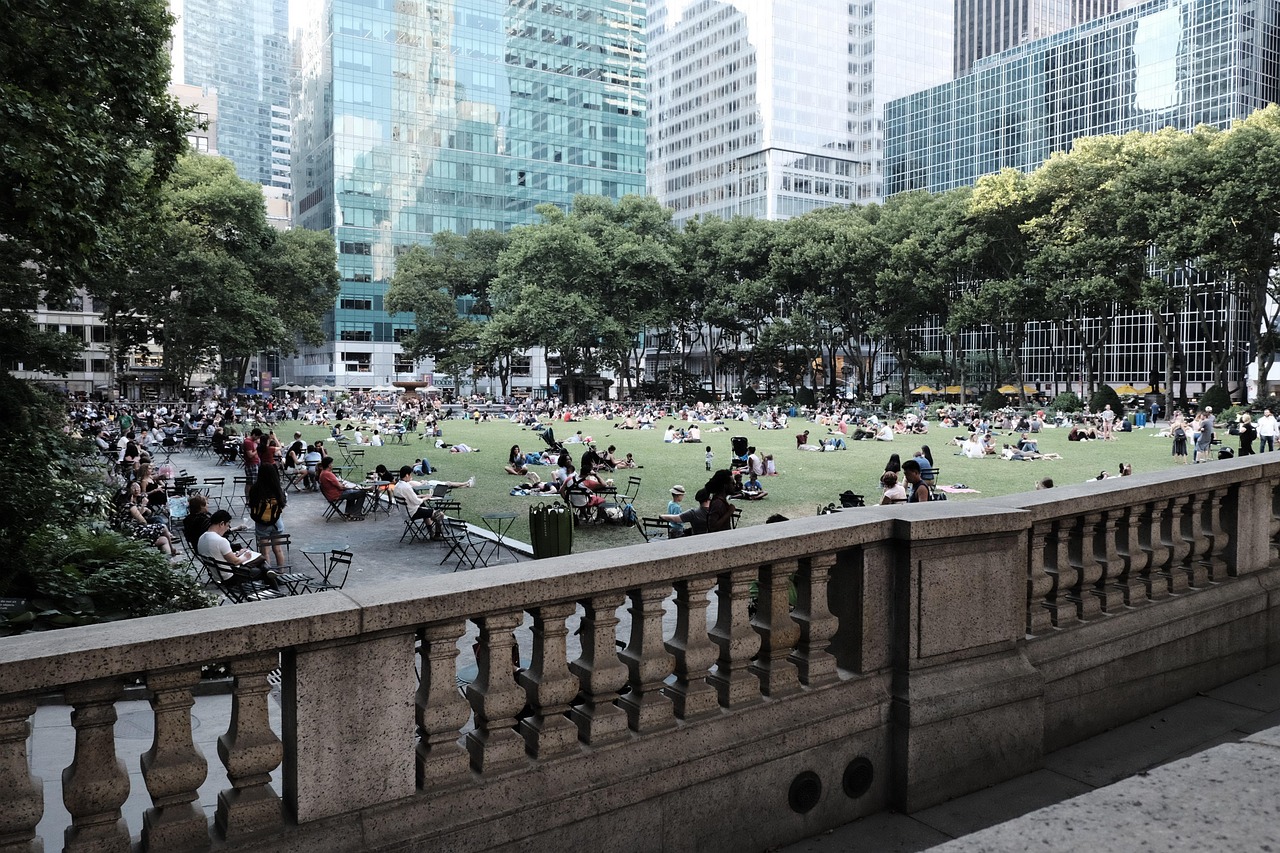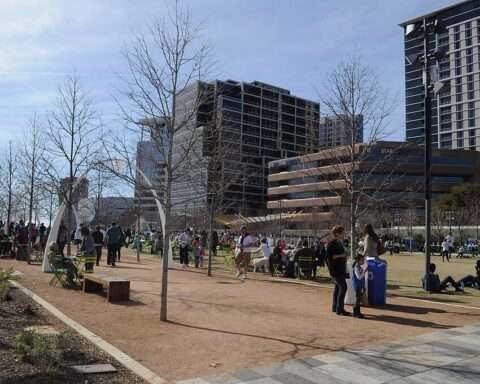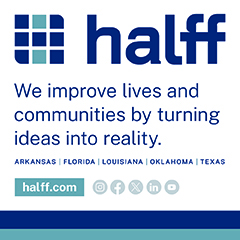A new study is challenging the long-standing belief that urban greenspaces cannot meet the needs of both the public and natural biodiversity.
The Florida-based study, published in the March edition of the Urban Forestry and Urban Greening journal, suggests that urban parks can be designed for both human visitors and biodiversity—without compromising one for the other. Titled “Urban greenspaces benefit both human utility and biodiversity”, the study evaluates existing greenspaces and physical park attributes that contribute to natural health and overall public satisfaction.
As cities continue to expand and naturally diverse spaces diminish, urban greenspaces are becoming increasingly important to preserving biodiversity and providing healthy environments for residents and visitors. Seeking a balance between public benefit and biodiversity, the study mapped and analyzed 639 greenspaces surrounded by urban development across Broward County, one of Florida’s most populous regions.
The study catalogs eight types of human utility features commonly found in urban greenspaces, such as playgrounds, pavilions, jogging paths, fitness centers, dog parks and athletic fields. Broward County’s existing greenspaces maintained a median of three of these physical attributes.
Pavilion and picnic areas are the most common public amenity at just over 23% of the county’s parks, followed closely by kids’ playgrounds at 21.7% and jogging and walking paths at 18.5%. Notably, playgrounds often co-occur with athletic facilities and pavilions, while natural preserves and bodies of water are often tied.
The study sources citizen science data from the online social network, iNaturalist, to determine biodiversity benchmarks. Utilizing this data, which is predominantly public observations, the study creates a standardized richness value for each of the county’s greenspaces that serves a biodiversity goal.
Among the existing Broward greenspaces, several combinations of human utilities, biodiversity scores and greenspace size show strong positive relationships. Most notably, larger
greenspaces tend to support both more physical features for humans and more diverse species, which suggests that size plays a key role, in this case, according to the study.
Greenspaces that feature nature preserves, playgrounds, bodies of water and dog parks show the strongest positive relationship between human utility and biodiversity.
The study found negative associations between biodiversity and certain amenities, including athletic facilities, pavilions and picnic areas. Jogging and walking paths and fitness centers are the only amenities without a significant association to biodiversity.
The study’s findings could provide insights for how urban greenspaces are planned, designed and managed. Challenging the belief that human infrastructure and ecological function are mutually exclusive, the study suggests that the two can be integrated through design choices and consideration of site scale.
The study suggests that thoughtful urban greenspaces can be developed without sacrificing these human-oriented features or compromising biodiversity. Developers and planning organizations have multiple opportunities for synergies, especially when nature-friendly amenities such as ponds and preserves are integrated into large parks, according to the study.
This edition of the Urban Forestry and Urban Greening journal was developed in collaboration with several regional conservation offices, including the Department of Wildlife Ecology and Conservation and the School of Forest, Fisheries and Geomatics Sciences. Research published through the journal is refereed and intended to guide ecosystem services, policy-making, management and environmental developments.
Image by Krisztina Papp from Pixabay













